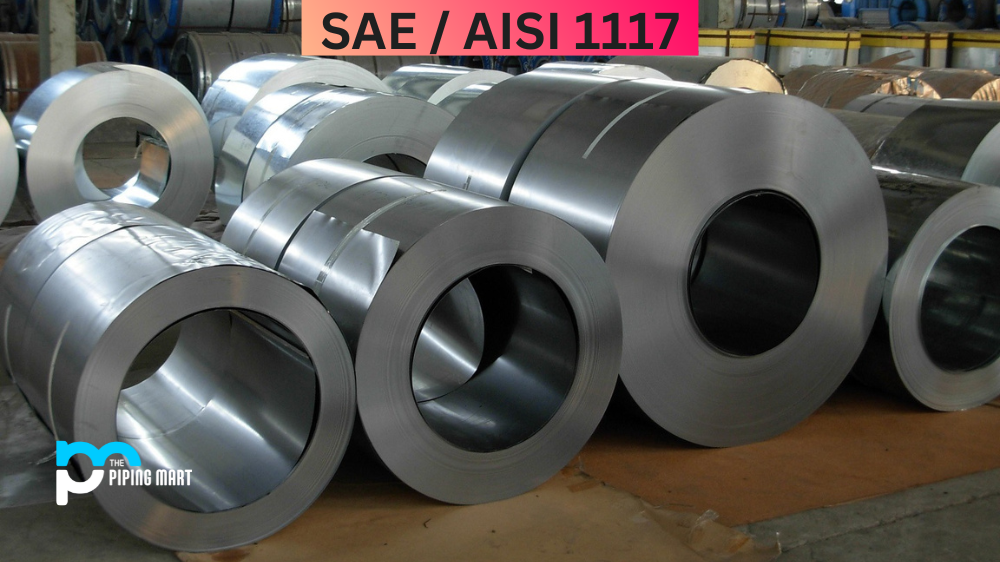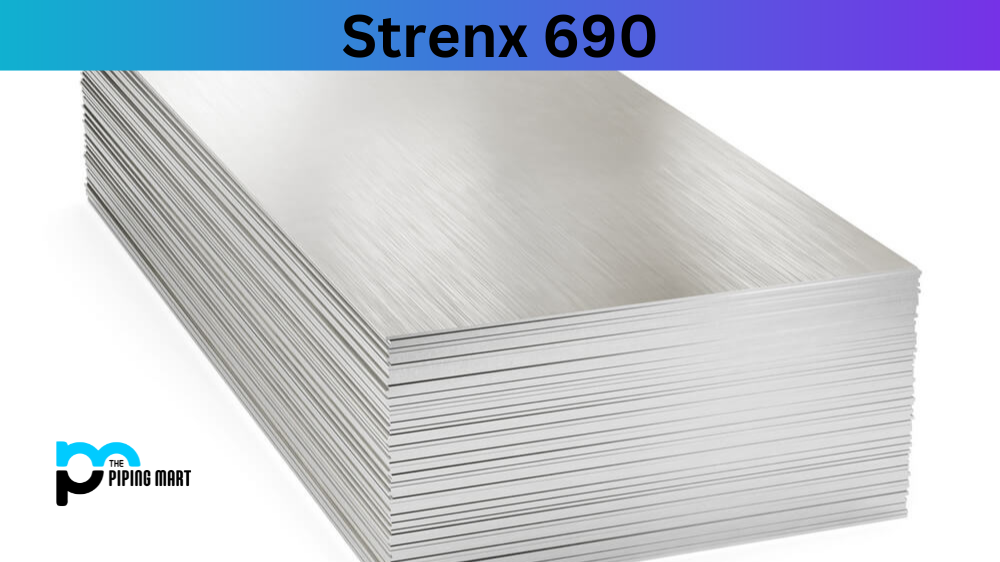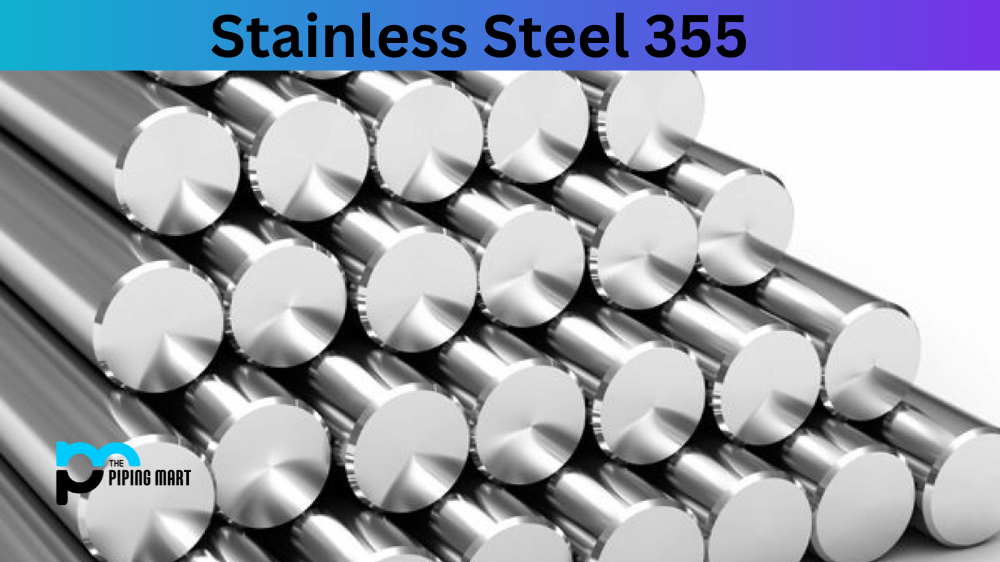SAE / AISI 1117 is a low-carbon, high-manganese steel. It is one of the most commonly used steel alloys, and it is often referred to as the “workhorse” of steel alloys. The main reason for this nickname is because of its versatility. UNS G11170 can be used for various applications, including corrosion resistance, heat resistance, heat treatment, machining, and welding. Let’s take a closer look at each of these applications.
AISI 1117 Composition
| Element | Content (%) |
|---|---|
| Iron, Fe | 98.33 – 98.78 |
| Manganese, Mn | 1.0 – 1.30 |
| Carbon, C | 0.14 – 0.20 |
| Sulfur, S | 0.080 – 0.13 |
| Phosphorous, P | 0.040 |
AISI 1117 Physical Properties
| Properties | Metric | Imperial |
|---|---|---|
| Density | 7.85 g/cm3 | 0.284 lb/in³ |
AISI 1117 Mechanical Properties
| Properties | Metric | Imperial |
|---|---|---|
| Tensile strength | 475 MPa | 68900 psi |
| Yield strength | 400 MPa | 58000 psi |
| Bulk modulus (typical for steel) | 140 GPa | 20300 ksi |
| Shear modulus (typical for steel) | 80.0 GPa | 11600 ksi |
| Elastic modulus | 190-210 GPa | 27557-30458 ksi |
| Poisson’s ratio | 0.27-0.30 | 0.27-0.30 |
| Elongation at break (in 50 mm) | 15% | 15% |
| Reduction of area | 40% | 40% |
| Hardness, Brinell | 137 | 137 |
| Hardness, Knoop (converted from Brinell hardness) | 156 | 156 |
| Hardness, Rockwell B (converted from Brinell hardness) | 75 | 75 |
| Hardness, Vickers (converted from Brinell hardness) | 143 | 143 |
AISI 1117 Equivalent
- AMS 5022
- ASTM A108 (1117)
- ASTM A29 (1117)
- ASTM A510 (1117)
- ASTM A512 (1117)
- ASTM A576 (1117)
- SAE J1397 (1117)
- SAE J403 (1117)
- SAE J412 (1117)
- AMS 5022G
- ASTM A107
- QQ-S-637 (1117)
- MIL-S-18411
- SAE J414
AISI 1117 Thermal Properties
| Properties | Metric | Imperial |
|---|---|---|
| Thermal conductivity (typical steel) | 49.8 W/mK | 346 BTU in/hr.ft².°F |
Uses
AISI 1117, also known as SAE 1117, is an alloy steel made of low carbon and phosphorus content. This combination makes it an ideal choice for a variety of commercial uses, such as shafts, pins and axles. The strength and ductility of AISI 1117 make it a great choice for automotive applications, including machined parts, fasteners and plated components. In addition to its practical uses, AISI 1117 also has aesthetic applications; its naturally glossy finish can enhance the look of many manufactured parts without requiring any additional polishing or buffing steps. For this reason, it is commonly used in high-end items like watches and jewelry where a beautiful finish is desired.
Corrosion Resistance
One of the most important properties of SAE 1117 is its corrosion resistance. This alloy has excellent resistance to both atmospheric and pitting corrosion. Heat Resistance: Another important property of grade 1117 is its heat resistance. This alloy has good resistance to scaling at high temperatures. Heat Treatment: SAE / AISI 1117 can be heat treated to improve its mechanical properties. Machining: This alloy is readily machinable and produces an excellent surface finish. Welding: SAE / AISI 1117 can be welded using all standard welding methods.
Heat Resistance
One of the major benefits of alloy 1117 is its remarkable heat resistance. This alloy steel features compressive strength after hardening and tempering, making it ideal for applications that require high operating temperatures. Due to its low carbon content, this material also shows increased weldability compared to other carbon steels, making it a versatile choice for various metalworking processes. It also offers excellent wear resistance, allowing for easy fabrication and ensuring prolonged durability in applications exposed to frequent wear and tear. Overall, AISI / SAE 1117 is a smart choice when looking for heat-resistant alloy steel.
Machining
Machining SAE/AISI 1117 steel can be a tricky process if you don’t have the right tools or knowledge. Pretty much any tooling can be utilized when machining this particular grade of steel, but experiences may vary in terms of quality and cost of production. It’s important to ensure your lathe is sufficiently equipped for the task; if not, then you may find yourself having to make frequent replacements. Additionally, due to this steel’s hardness and strength, cutting speeds must be kept relatively slow when turning or milling the material. Keeping these few key points in mind for SAE/AISI 1117 machining will ensure a successful outcome every time.
Welding
Welding is a process of joining two pieces of metal together by heating them to a molten state and then cooling them so that they fuse together. SAE / AISI 1117 welding is a type of welding that uses an electric arc to create heat. The arc is created between the electrode and the workpiece, which is then turned into a plasma arc. This plasma arc is used to melt the metal and create a weld.
Conclusion
SAE / AISI 1117 is a versatile steel alloy that can be used for a wide variety of applications. Its most important properties include corrosion resistance, heat resistance, and machinability. If you are in need of a steel alloy that can stand up to tough applications, then SAE / AISI 1117 is the ideal choice.

Pipingmart is a B2B portal that specializes in metal, industrial and piping items. Additionally, we share the latest information and information about materials, products and various types of grades to assist businesses that are involved in this business.




